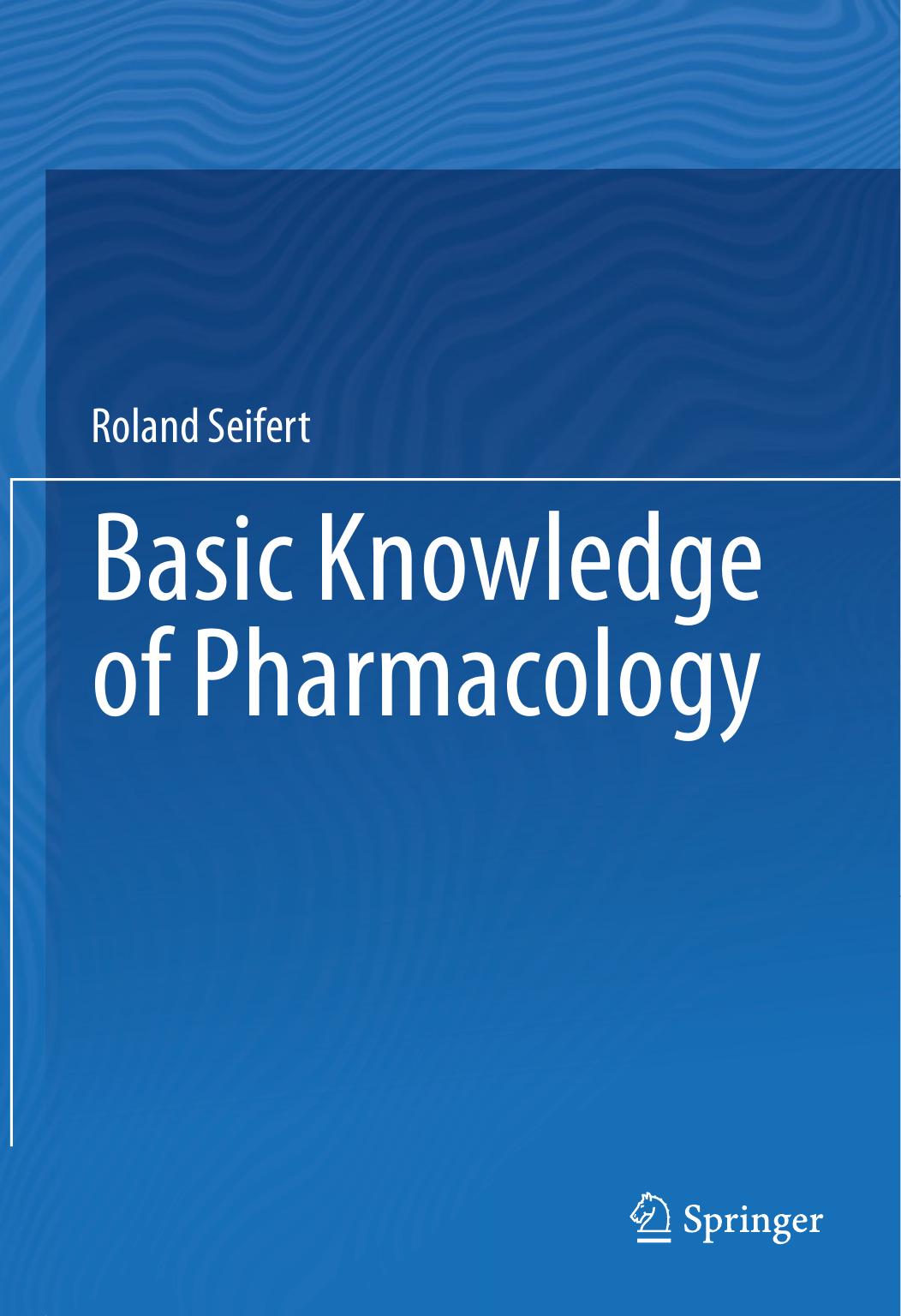Basic Knowledge of Pharmacology by Roland Seifert

Author:Roland Seifert
Language: eng
Format: epub, pdf
ISBN: 9783030188993
Publisher: Springer International Publishing
18.2 Heparins
Heparins are polyanionic and a mixture of sulfated glycosaminoglycans. UFHs possess an average length of 40–50 and LMWHs 13–22 sugar residues. Enoxaparin is a LMWH prototype. Heparins form a complex with antithrombin III that binds to and inactivates factor Xa. UFHs additionally inactivate thrombin. Because of their high-molecular mass and their negative charge, both UFHs and LMWHs are not absorbed following oral administration (see ► Chap. 2) but must be applied i.v. or s.c.. UFHs have to be administered more frequently (two to three times daily) than LMWHs (once or twice daily). In case of UFHs, therapy is controlled with the partial thromboplastin time; in case of LMWHs, clotting test controls are not required. Heparins are used for the prophylaxis and therapy of a number of thromboembolic diseases, predominantly DVT, PE, ACS, and CPB. In case of overdosing, hemorrhage can occur. Hemorrhages due to UFHs but not LMWHs can be terminated within minutes using the antidote protamine (see ► Chap. 4).
UFHs possess a shorter plasma half-life (2 hours) than LMWHs (3–7 hours). Heparins are predominantly eliminated via the kidney. For UFHs, dose adjustment according to the thromboplastin time has to be performed in CKD. In advanced CKD, the dose of LMWHs is adjusted according to the factor Xa activity (see ► Chap. 12).
Since heparins do not pass the placental barrier, they are an excellent therapeutic alternative to the teratogenic VKAs in pregnancy. Heparins can cause allergic reactions, hematomas, hemorrhage, anemia, liver damage, skin necrosis, osteoporosis, and alopecia. An important ADR is the heparin-induced thrombopenia (HIT) . For UFHs, the incidence of HIT is much higher than for LMWHs (2–3% versus <0.1%). HIT develops after 5–14 days. Antibodies against a complex of heparin and platelet factor 4 are formed. This complex binds to platelets and activates them. The platelet concentration decreases dramatically and remains low if the therapy is continued. The major risk of HIT is that patients incur DVT, PE, or disseminated intravascular coagulation with spontaneous hemorrhage. Multiorgan failure may occur. HIT lethality is high (30%). Since the immune diagnostics of this ADR takes too long to adjust the therapy timely, heparin administration must be terminated immediately when HIT is suspected. Instead the heparinoid danaparoid (mixture of heparan sulfate and dermatan sulfate) can be applied. There is only a small risk of cross-allergy. Alternatively, patients can be switched to VKAs.
Download
Basic Knowledge of Pharmacology by Roland Seifert.pdf
This site does not store any files on its server. We only index and link to content provided by other sites. Please contact the content providers to delete copyright contents if any and email us, we'll remove relevant links or contents immediately.
| Administration & Medicine Economics | Allied Health Professions |
| Basic Sciences | Dentistry |
| History | Medical Informatics |
| Medicine | Nursing |
| Pharmacology | Psychology |
| Research | Veterinary Medicine |
Tuesdays with Morrie by Mitch Albom(4691)
Yoga Anatomy by Kaminoff Leslie(4306)
Science and Development of Muscle Hypertrophy by Brad Schoenfeld(4089)
Bodyweight Strength Training: 12 Weeks to Build Muscle and Burn Fat by Jay Cardiello(3915)
Introduction to Kinesiology by Shirl J. Hoffman(3725)
How Music Works by David Byrne(3187)
Sapiens and Homo Deus by Yuval Noah Harari(2987)
The Plant Paradox by Dr. Steven R. Gundry M.D(2547)
Churchill by Paul Johnson(2506)
Insomniac City by Bill Hayes(2498)
Coroner's Journal by Louis Cataldie(2432)
Hashimoto's Protocol by Izabella Wentz PharmD(2331)
The Chimp Paradox by Peters Dr Steve(2297)
The Universe Inside You by Brian Clegg(2097)
Don't Look Behind You by Lois Duncan(2080)
The Immune System Recovery Plan by Susan Blum(2027)
The Hot Zone by Richard Preston(1983)
Endure by Alex Hutchinson(1964)
Woman: An Intimate Geography by Natalie Angier(1882)
